Blogs
Recent Posts
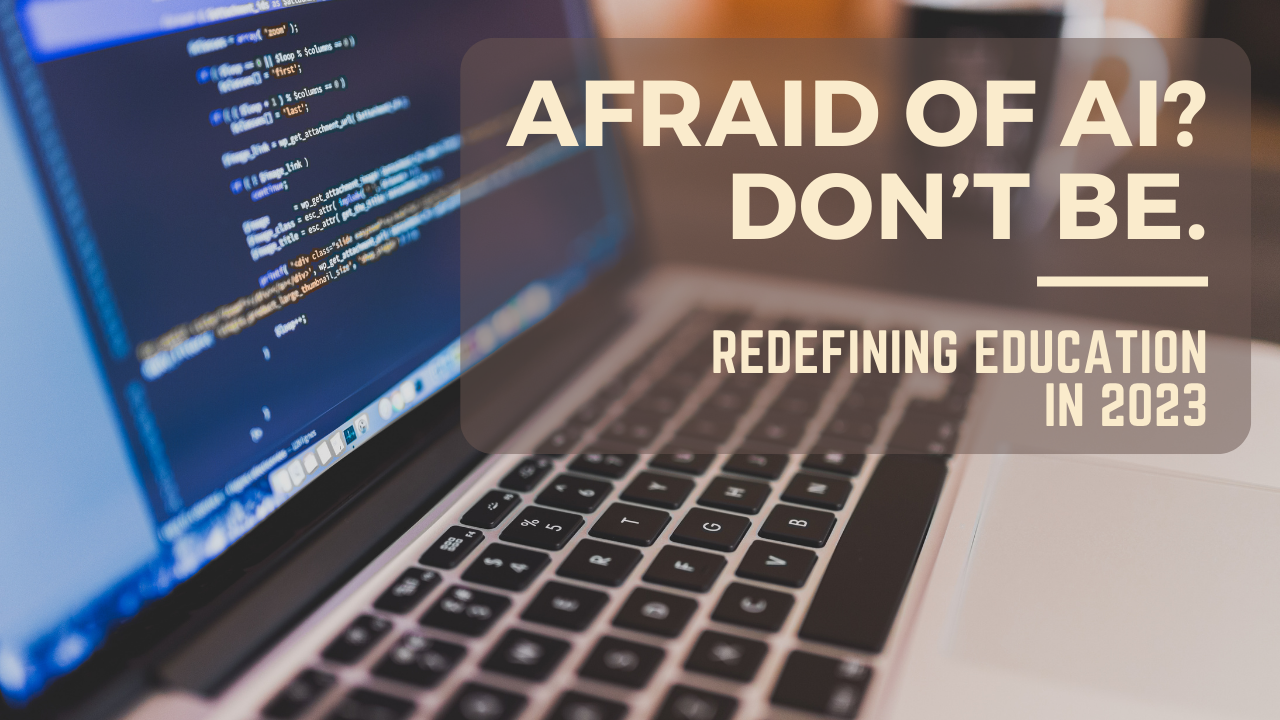
Faculty
September 19, 2023
Afraid of AI? Don't Be.
What can be done to prepare our students for the AI-rich world in which we all now live?
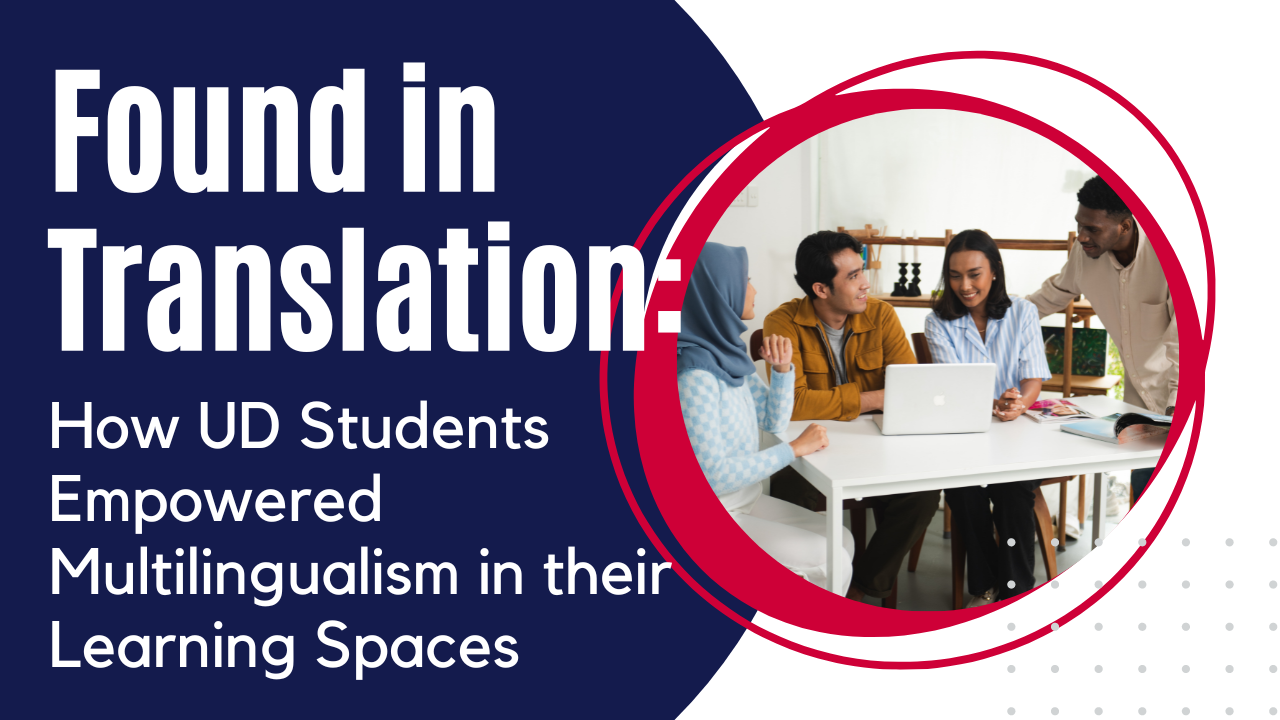
Faculty
June 05, 2023
Found in Translation: How UD Students Empowered Multilingualism in their Learning Spaces
At the University of Dayton, we use a learning management system (LMS) called Isidore, which is based on the open-source Sakai LMS. This past term, French and Spanish Composition courses came on board for an experiential learning project translating hundreds of terms within Sakai’s user interface.
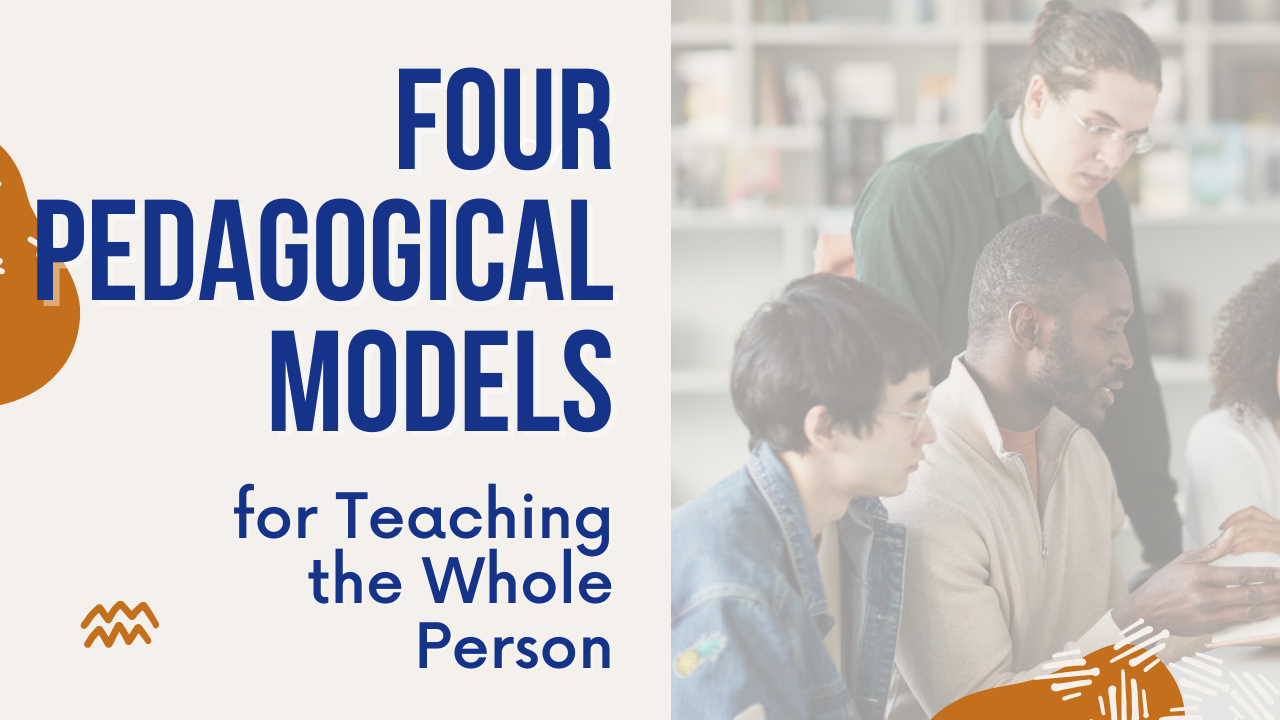
Faculty
June 02, 2023
Four Pedagogical Models for Teaching the Whole Person
In a recent survey by Inside Higher Ed, students declared that their top roadblock to success in higher education is teaching style. Surely, the students who don’t do their work or put off the readings or participate in academic dishonesty more than classroom discussions must not feel teaching style is what stopped them from being successful in their courses?

Faculty
May 24, 2023
ChatGPT vs. UD Faculty - Who Writes the Best Prompts?
Discussion forums are often cited as students' least favorite part of online learning. Can UD faculty write online discussion prompts better than ChatGPT?
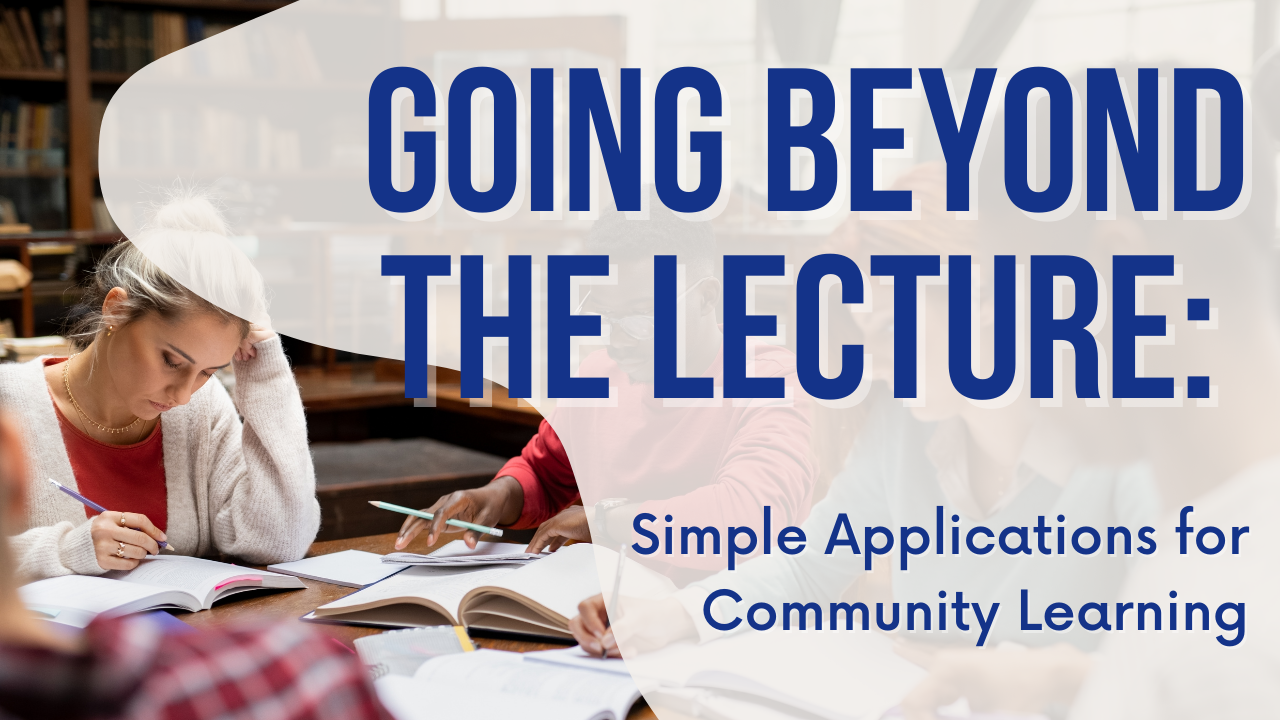
Faculty
May 17, 2023
Going Beyond the Lecture: Simple Applications for Community Learning
We know that social isolation leads to poorer academic experiences, yet we so often ask students to listen to a lecture and then do their learning independently. Consider trying a few of the simple methods for cooperative learning that can be incorporated into your courses this fall.
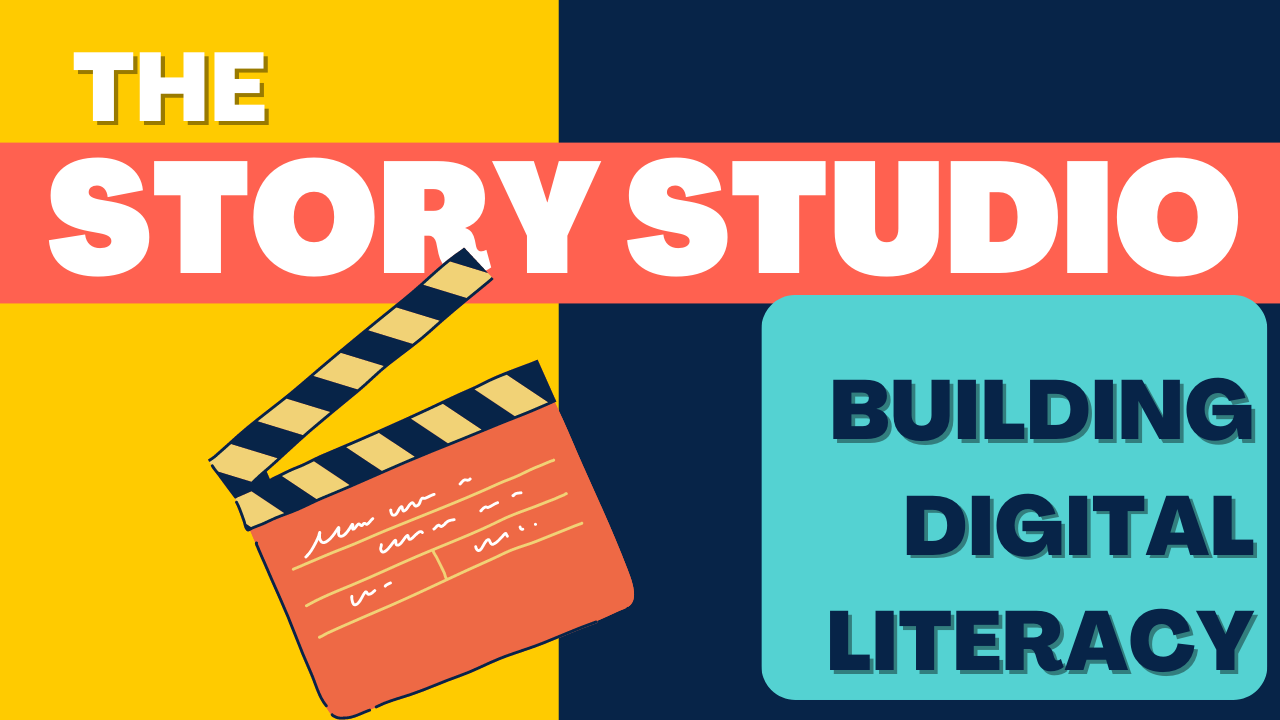
Faculty
March 23, 2023
The Story Studio: UD's Resource for Building Digital Literacy
What should you do if your personal producer, editor, animator, boom operator, and cinematographer all go on vacation the same week? (It happens.) UD’s Story Studio is the comprehensive, all-inclusive media production studio on the second floor of Roesch Library. All you need is a thumb drive and a plan.
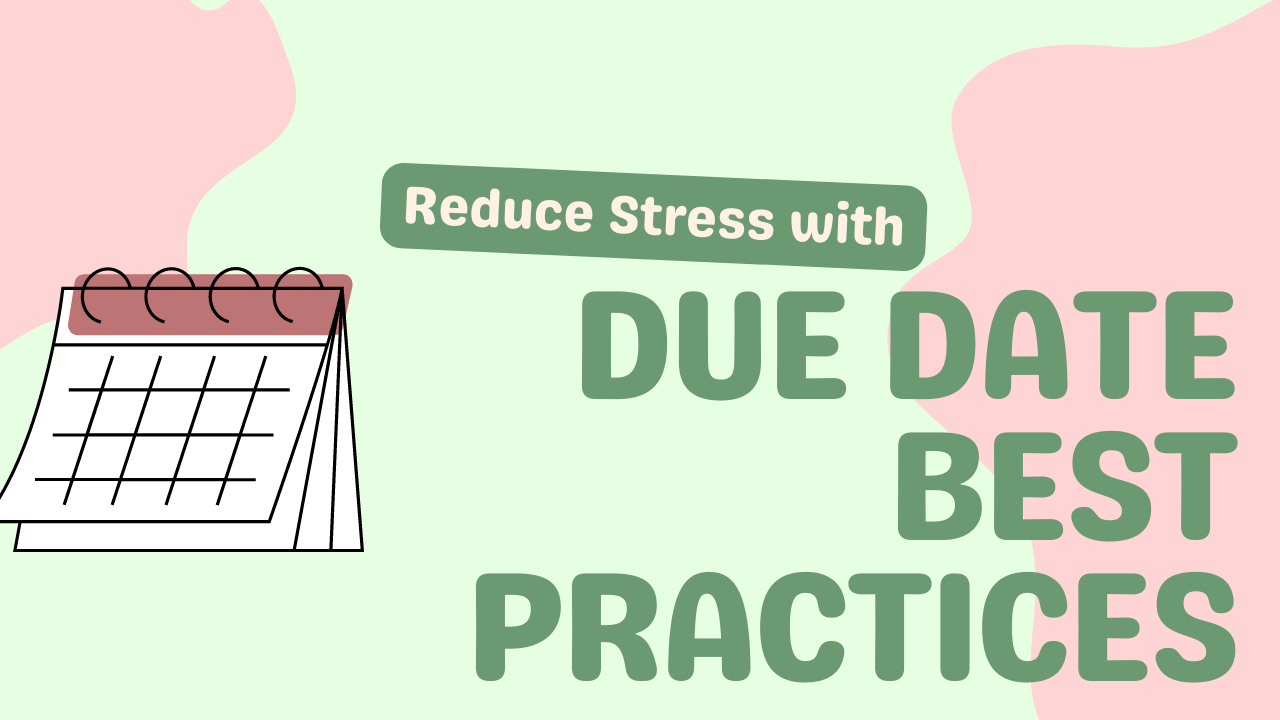
Faculty
March 10, 2023
Reduce Stress (for Instructors and Students!) with Due Date Best Practices
Ahh, due dates. They’ve been making students and instructors sweat since the beginning of… dates? Obligation? We won’t be discussing history here– just practical tips for simplifying the due date mystique.
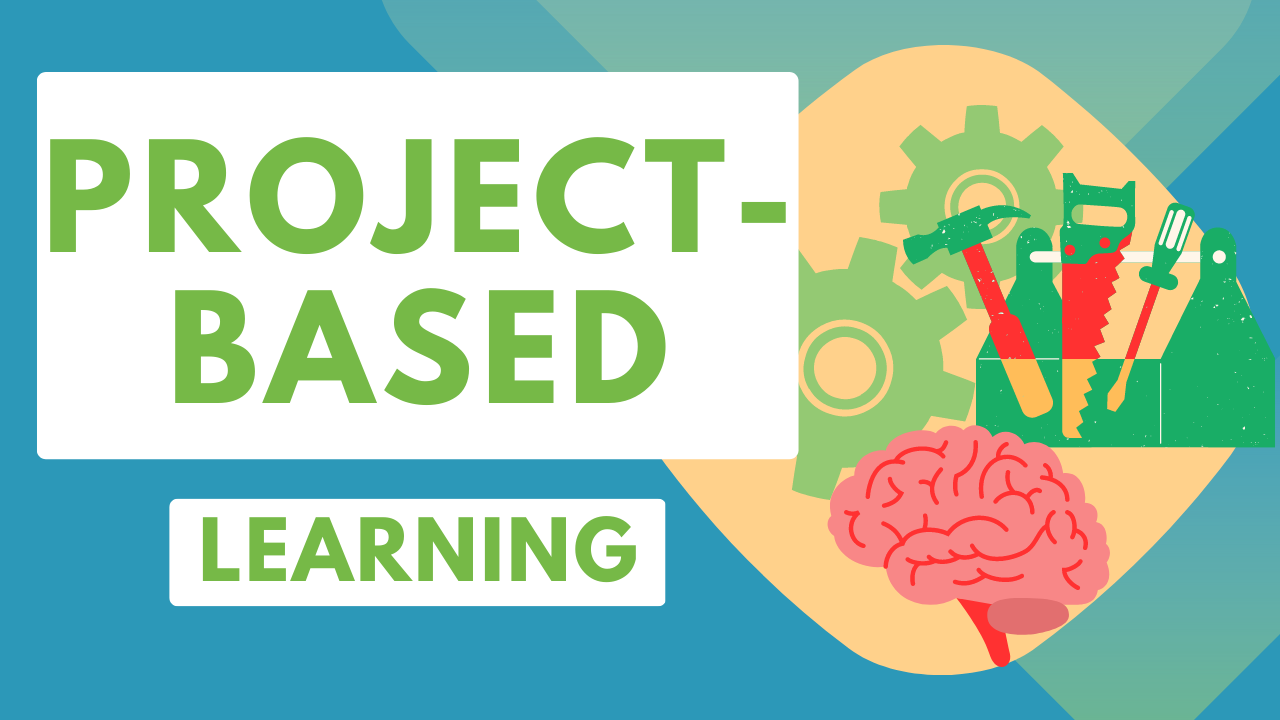
Faculty
February 20, 2023
Project-Based Learning in Higher Education
What is project-based learning, and how is it used at the University of Dayton? Discover how to beat the lecture humdrum by implementing project-based learning in your own classroom.
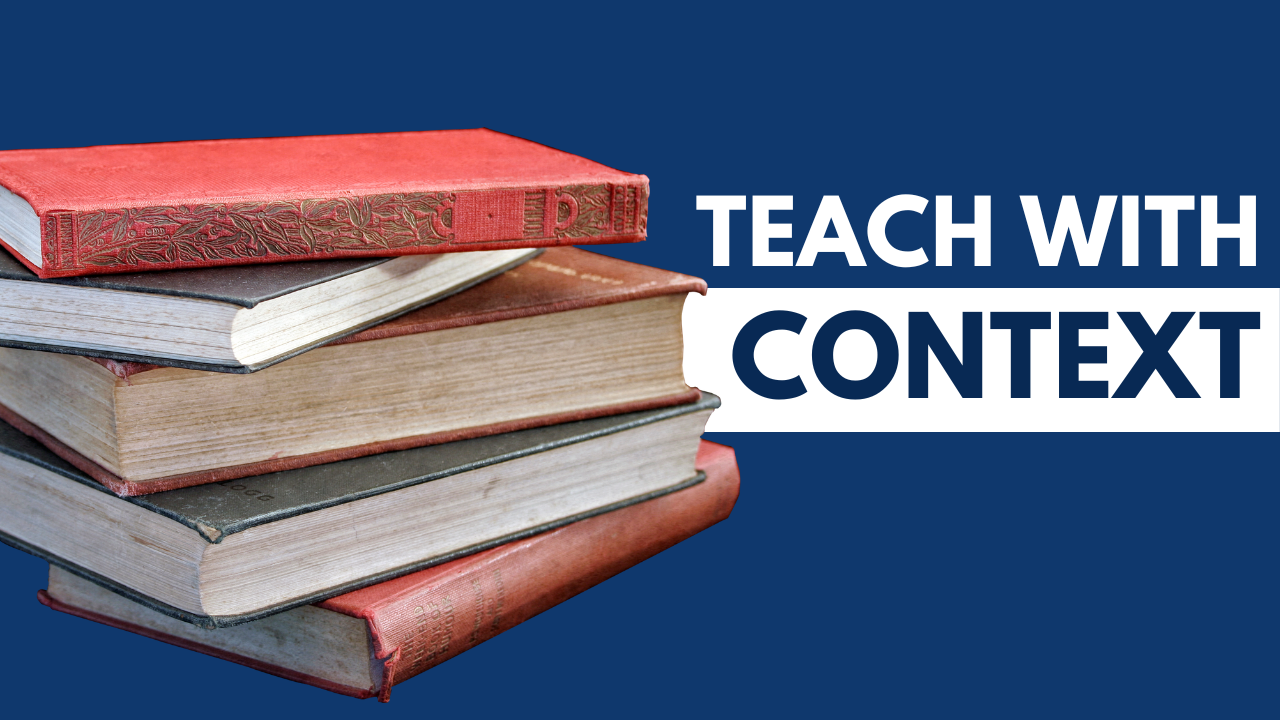
Faculty
February 10, 2023
Learning as a Holistic Process: Quick & Easy Ways to Teach with Context
Have you spent years carefully curating the instructional materials for your course? Yet still, your students (the ones that do the readings, that is) seem to be missing something. If this sounds familiar, your missing link may be contextualization.
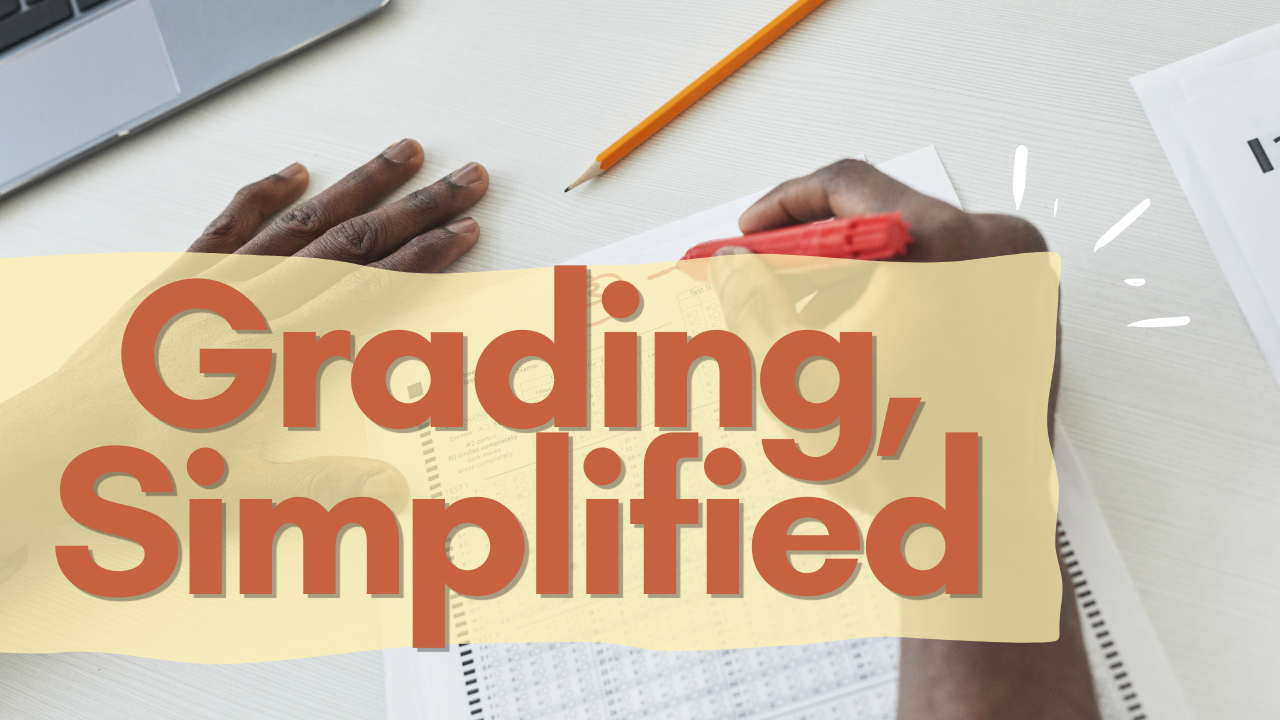
Faculty
January 27, 2023
Has the new age of grading arrived? Simplify Your Process with Gradescope
What is Gradescope, and will it enhance your grading process? I spoke with a variety of Gradescope users to find out.
